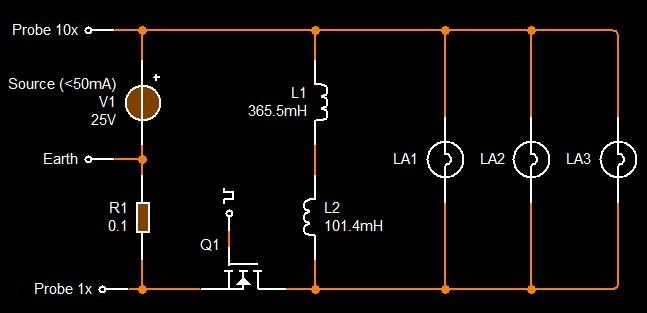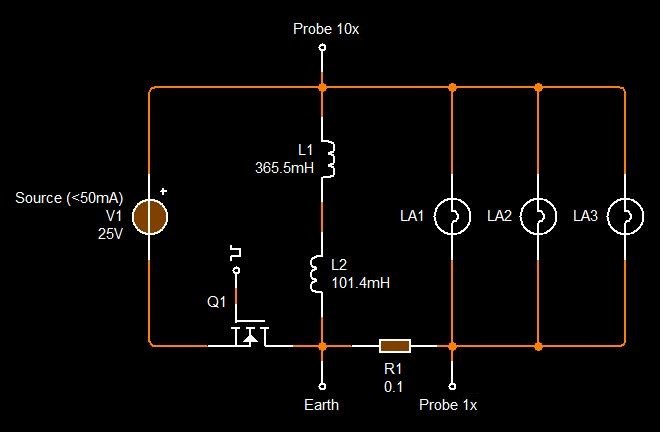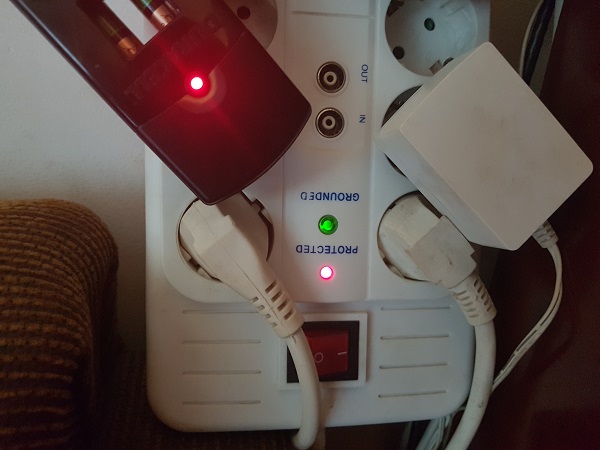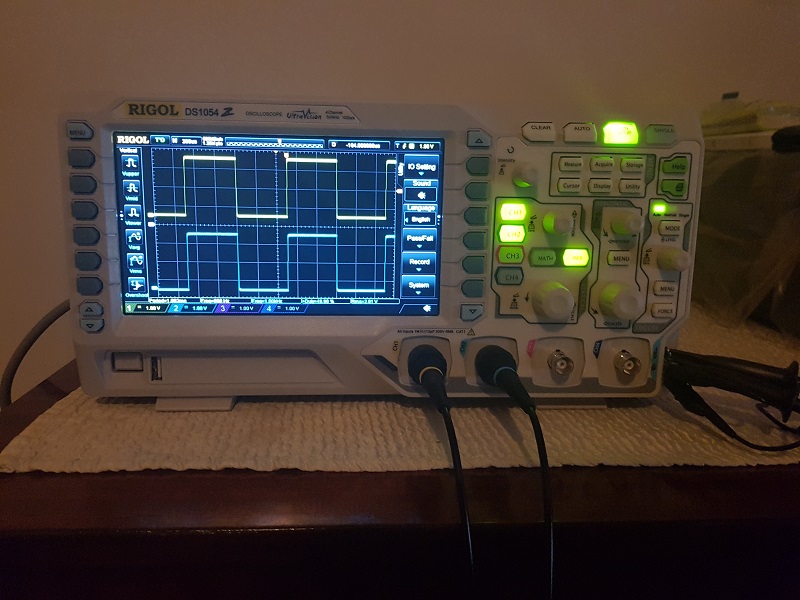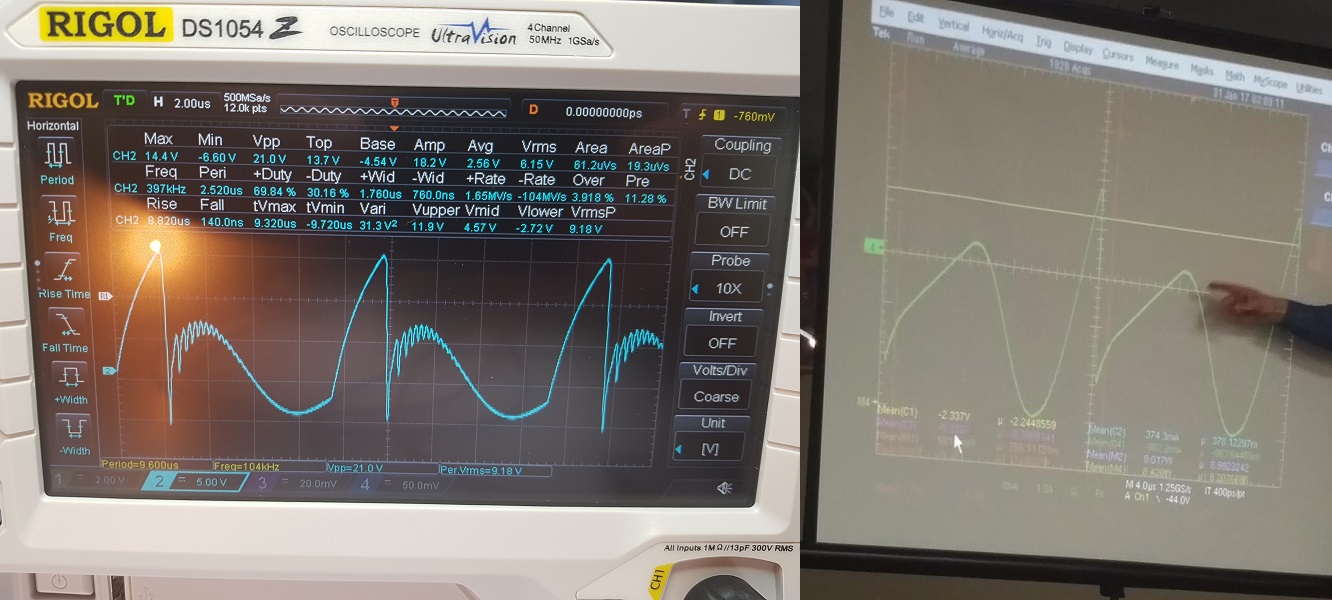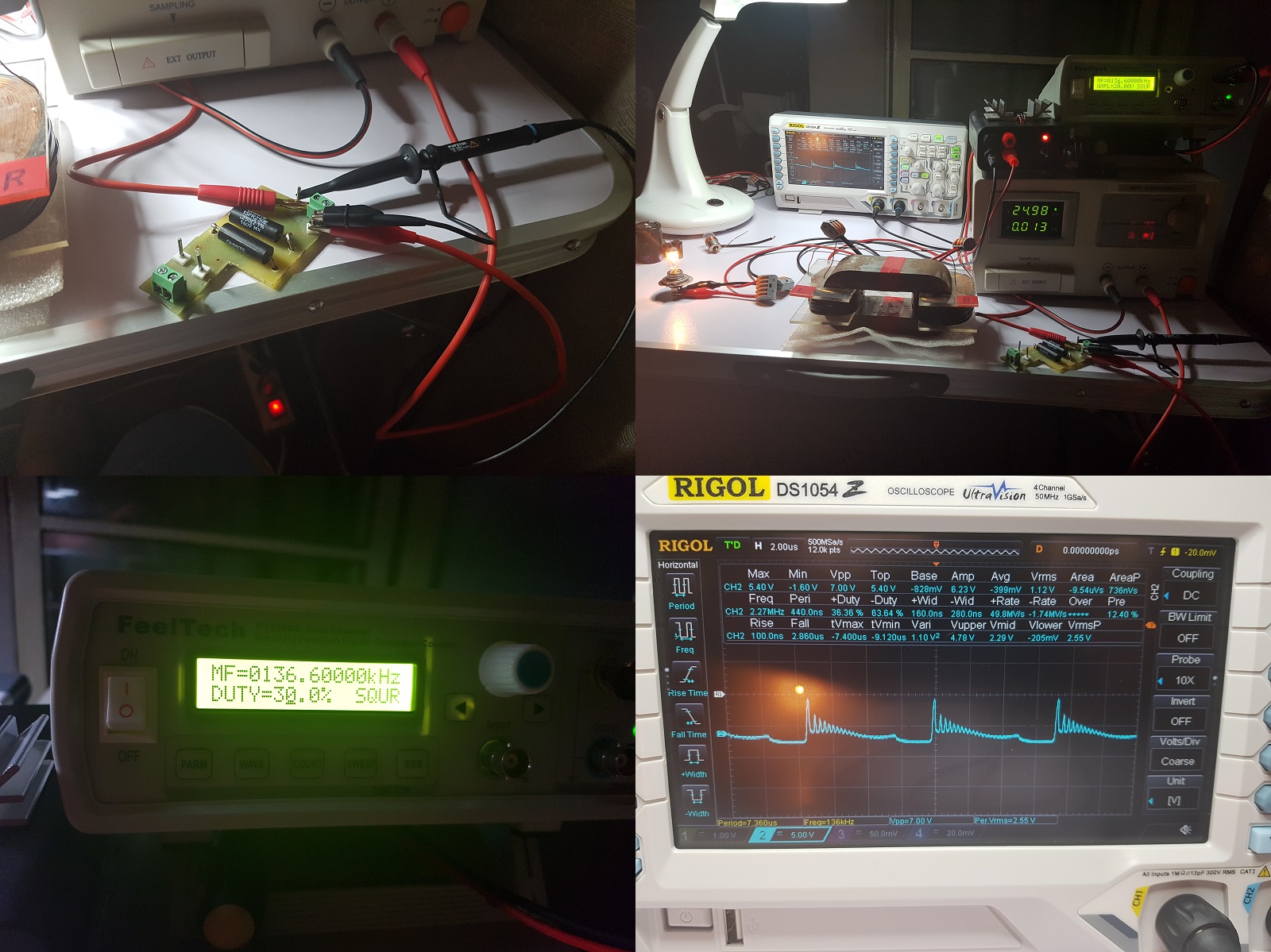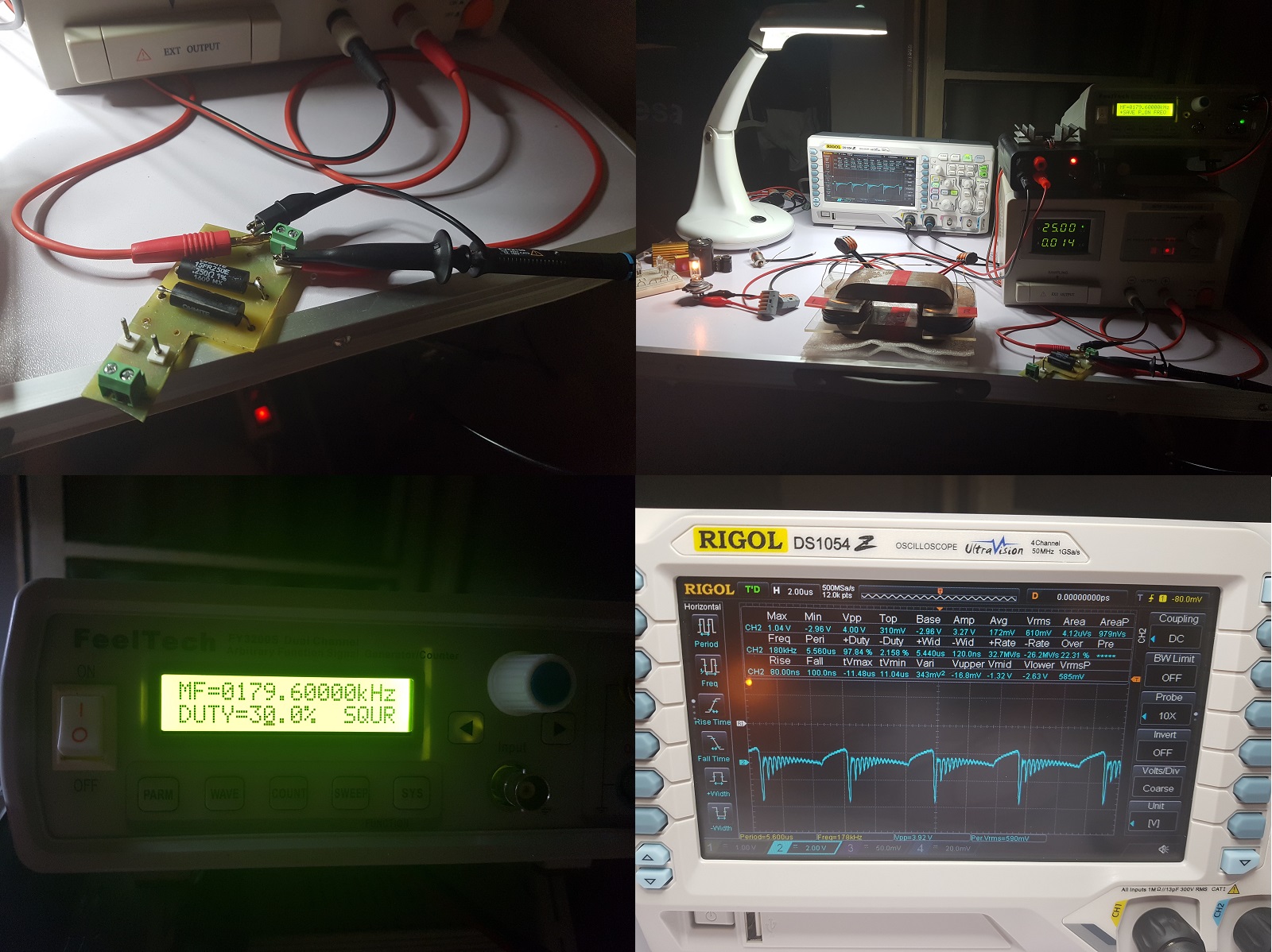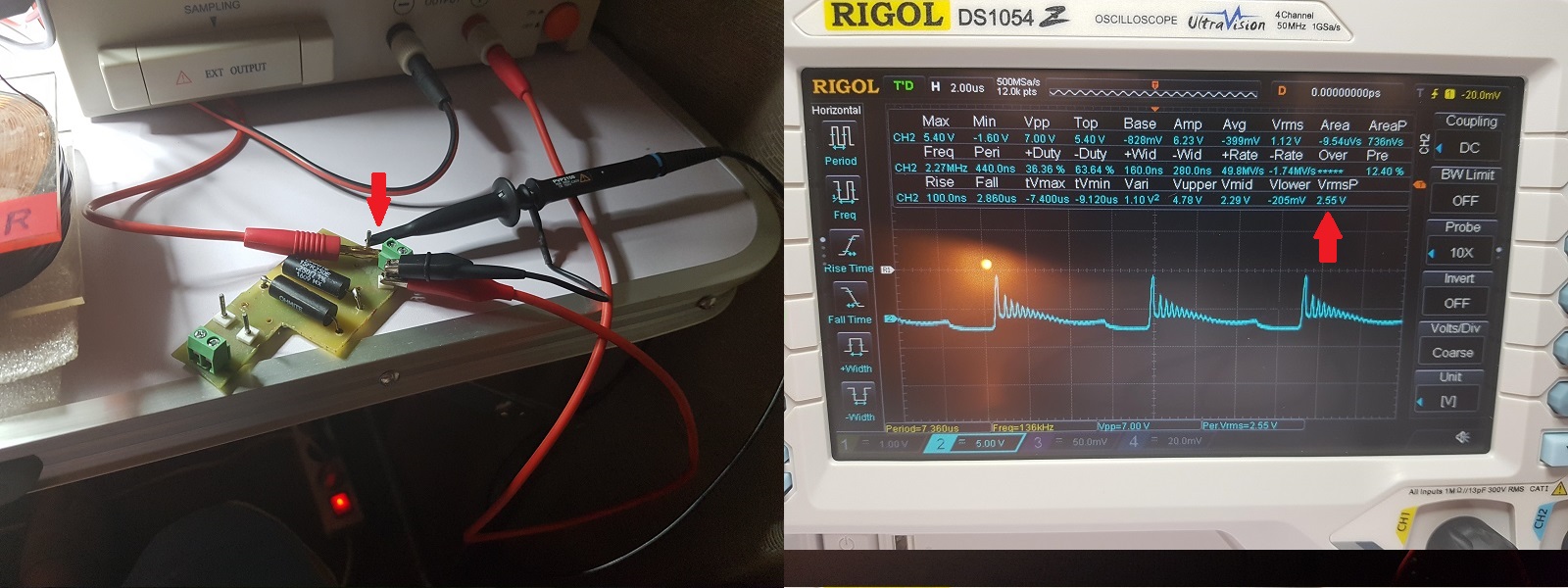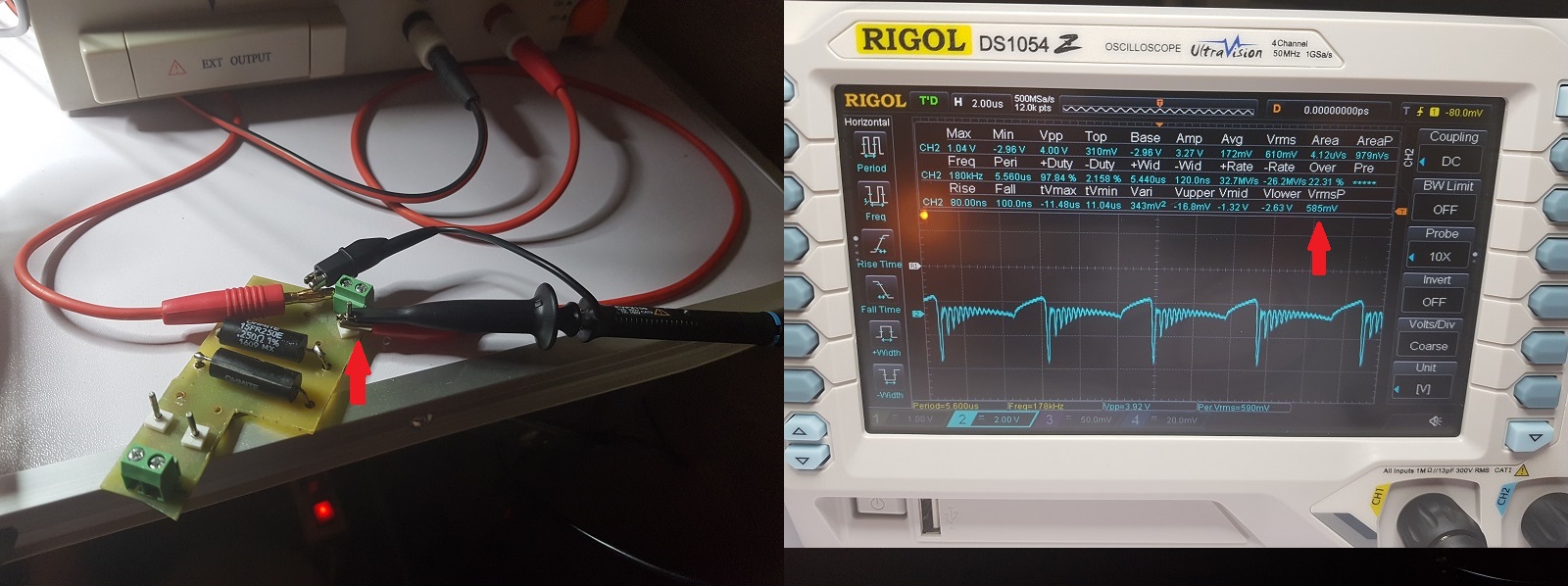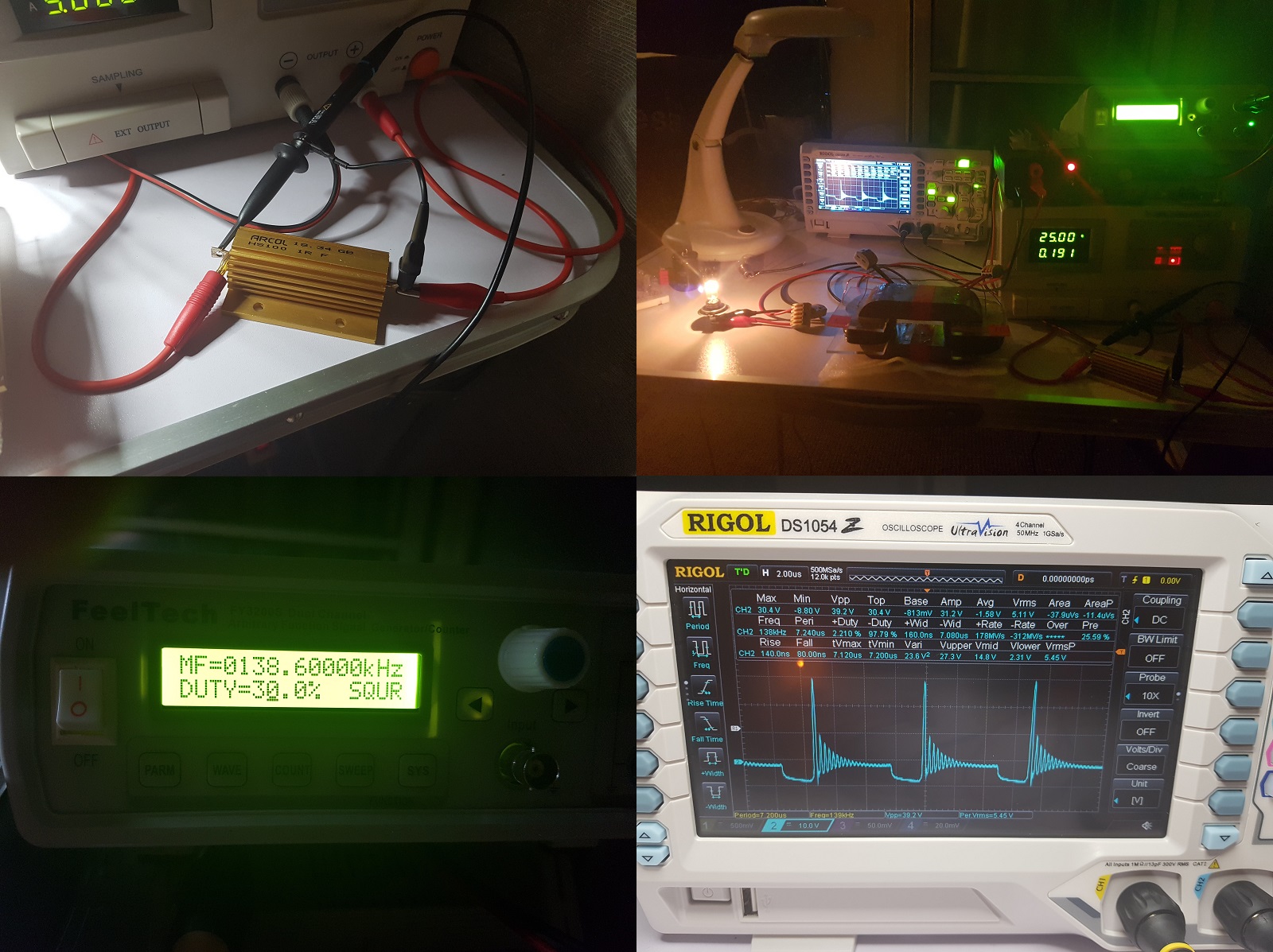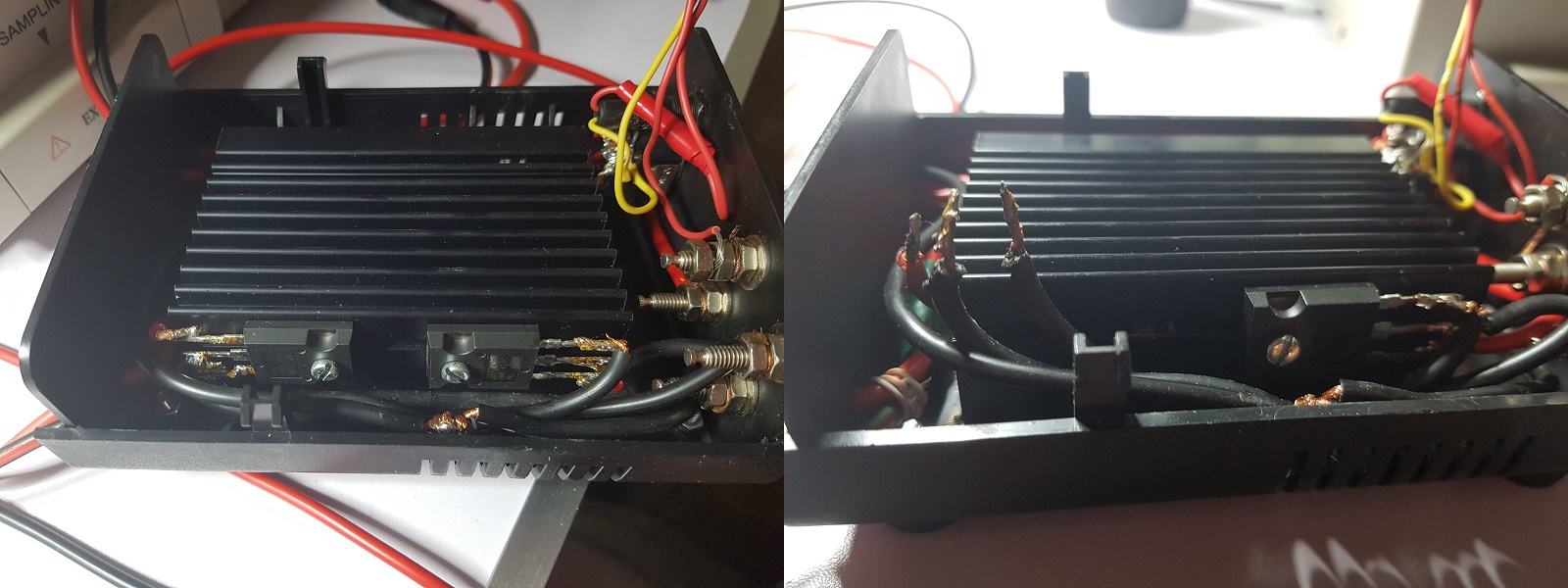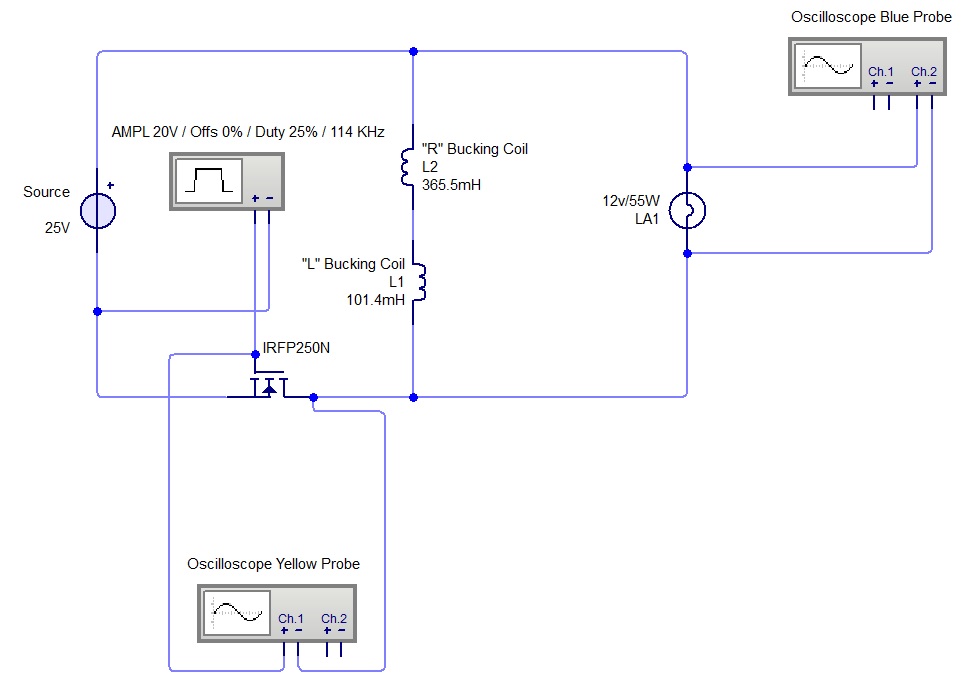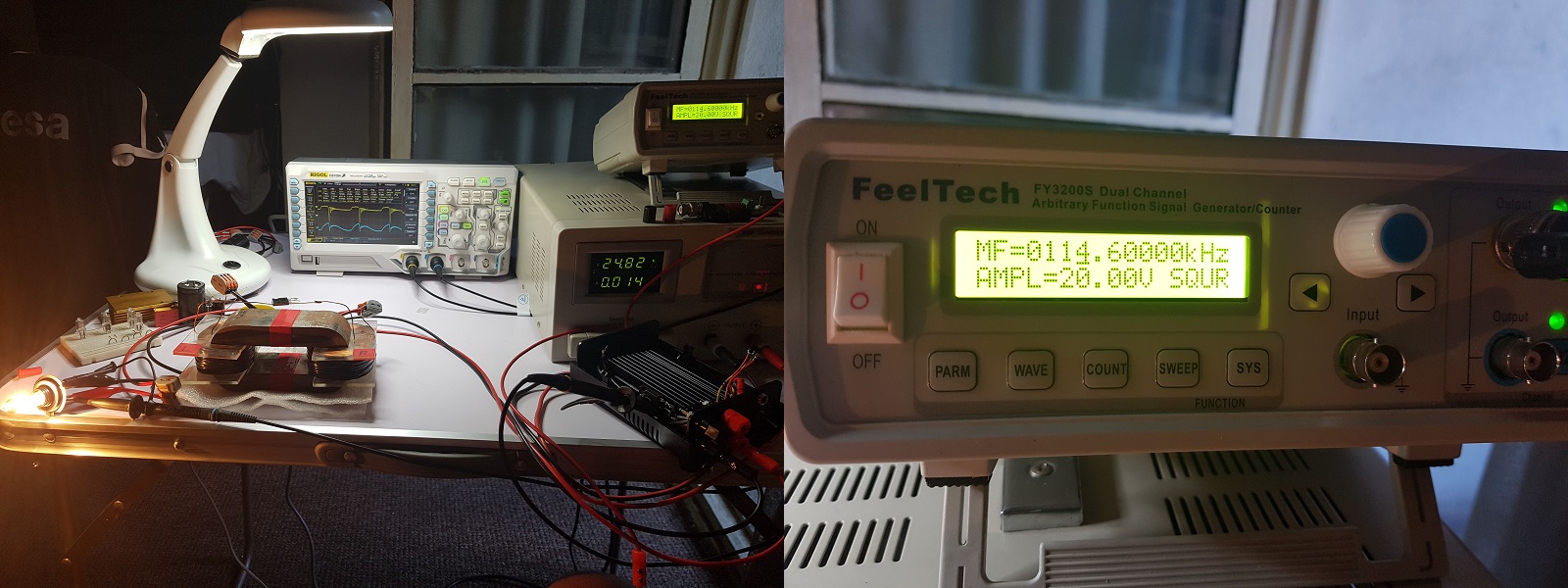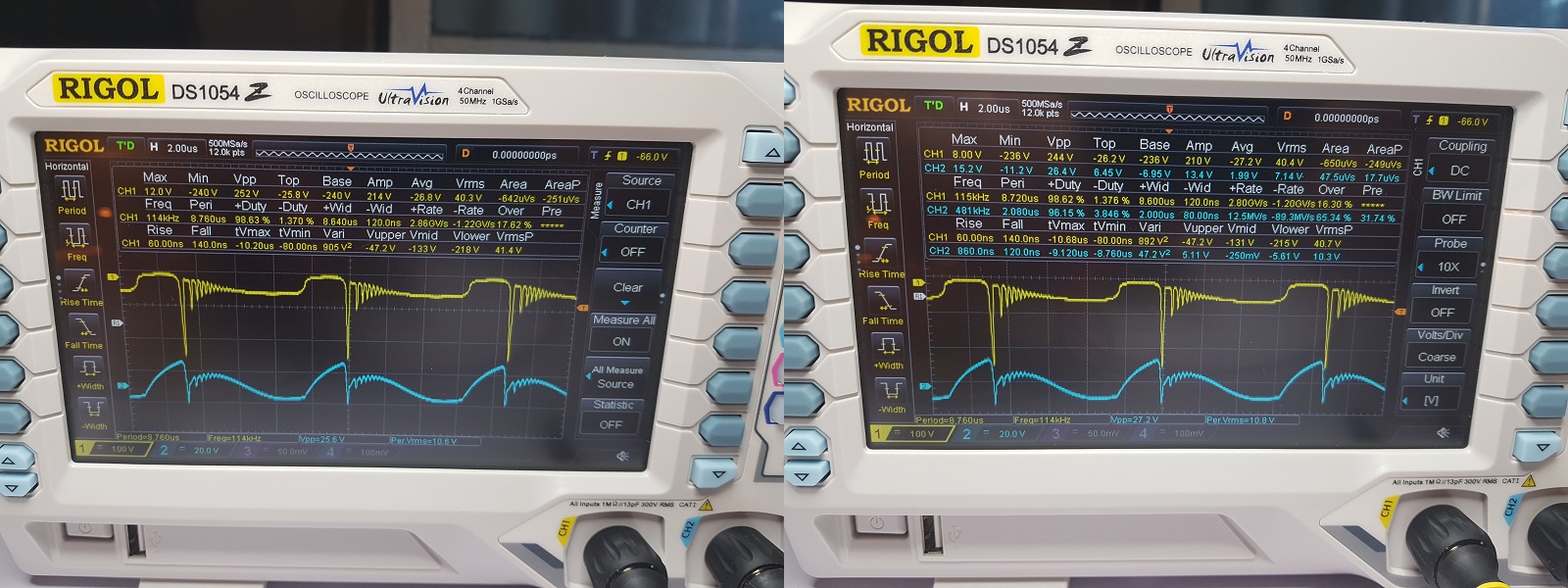Hi guys, sorry I was very busy at work and didn't had too much time to continue the experiments.
Few updates...
I tried to use my pocket oscilloscope and an 0.5 Ohms current-sensing resistor (I borrowed it from Cd_Sharp) to measure the current on input but for some unknown reason the measurements are not reliable. I guess this is the difference between a pocket oscilloscope and an full-sized oscilloscope so unless I buy a full-sized one I have no equipment to make this kind of measurement.
Probably I will need to buy one but not in the next few weeks.
Until then I'm trying an workaround, I bought a socket with energy-meter PeakTech P9035 and I intend to use it on the socket powering my source. My plan is to check the readings on it while the source is in stand-by, then powering up light-bulbs with known wattage then powering up ZPM so I can get at least a approximation of watts used by ZPM depending on what's displayed when powering up light-bulbs connected directly to source's output.
Meanwhile, following JohnStone's advice about possible issues at very high frequencies when using wires with crocodile-type terminals, I bought WAGO connectors and rebuilt all the connections:
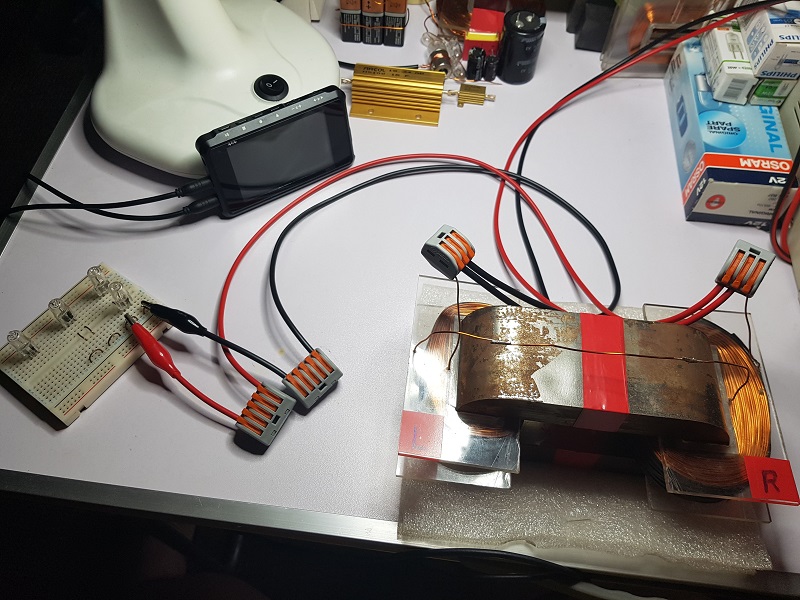
Also I tested the scenario with a diode and an capacitor on source's output in order to filter possible high-frequency pulses sent back to source from the MOSFET driver which could impact source's power readings.
I used a fast Schottky diode (SB560) put on positive output of the source and an 10,000uF/50V electrolytic capacitor put in parallel on source's output.
Didn't noticed major changes on source's readings so I think this scenario is invalid.
Here is the video:
During this test I noticed something (you can see it in the video): adding/removing the capacitor is modifying the optimum frequency of the ZPM even if the capacitor (saw from ZPM's perspective) is behind the MOSFET driver and even behind the Schottky diode. The conclusion would be that this capacitor is somehow a part of the device and it's influencing it, not sure yet how this is possible. Also, my assumption is every DC source have a big capacitor on its output (not sure if it's true for all DC sources) so I guess the other capacitor incorporated in the DC source is being a part and affecting too ZPM's behavior and efficiency.
So when I tested with batteries as input there are two things missing: a ground connection (Chris made references about some devices needing ground connection to work better) and also I didn't had an capacitor in parallel on input as it's happening when using the DC source. Could be a key reason why using the batteries didn't worked well, I'll need to investigate more on this direction.
Another things I noticed during a different test is the AWG (diameter) of the input and output wires is very important. I simulated changing the wires AWG by adding/removing connectors in parallel with existing connectors on input and output. I noticed dramatic effects on efficiency and light-bulbs luminosity when changing the wires AWG as you can see the the following video (I'm using 2 x 12V/35W halogen light-bulbs on output). All the wires I use are litz wires. So be aware of this aspect at least when using on output light-bulbs greater than 5W, use a bigger AWG litz wires on input and output.
Something I also noticed when suing 2 x 12V/35W light-bulbs on output, when using those connectors having crocodile-style terminals and small AWG (diameter), the connectors on output are becoming so hot until the plastic which isolates their wires is going to the point of starting to melt even if they don't have direct thermic contact with the halogen lights; in the same time the same type of connectors on input are cold, not even warmer.
Here could be two possible explanations:
- let's just suppose there is the same amperage on input and output, the output wires are being hot because of the very high frequency AC while the wires on input are cold because there is DC;
- or the amperage on the output is much higher than the amperage on the input (as source's readings and the luminosity of the light-bulbs seems to indicate) meaning high COP.
Something else about the MOSFET driver, as you noticed there was a LED indicator on it, inside I had an UA78L12 voltage regulator providing 12V for the LED, it worked for a while as you saw in my initial videos but in time because it had no radiator it stopped functioning as you saw in my other videos. So I decided to replace it with an UA7812 placed on a radiator on the top of the black box. So I removed the UA78L12 and the connectors to the LED and before making changes for UA7812 I ran a test to see if there are any changes in ZPM's behavior and source's reading, there was no difference so the presence of a voltage regulator in the MOSFET driver has no impact on the tests. Just wanted to make sure about it with this occasion.
During the MOSFET driver changes I thought it's good to take some photos of the inside of the black box so you can see what's inside - just a two-channel MOSFET driver and a 12V voltage regulator for powering the LED indicator. Later as the amperage on the ZPM's output will go higher it will be necessary to use those 12V also for a small fan to cool down the MOSFETS' radiator.
So here are the photos with the MOSFET driver opened up during the voltage regulator replacement, I will not post them here as they would take too much space in the thread, you could see them here instead:
https://imgur.com/a/2hRyUzw
I'll continue to post updates here depending on when I'll have again some time for experiments as I'm still very busy at work with the current project.
| "If you want to find the secrets of the universe, think in terms of
energy, frequency and
vibration." |
|
|
Nikola Tesla |

